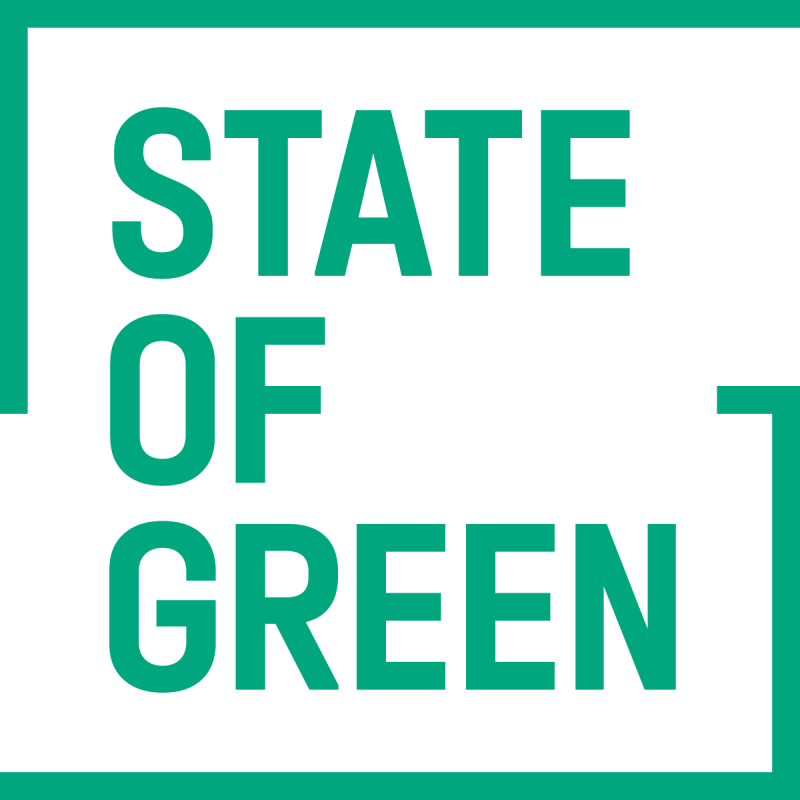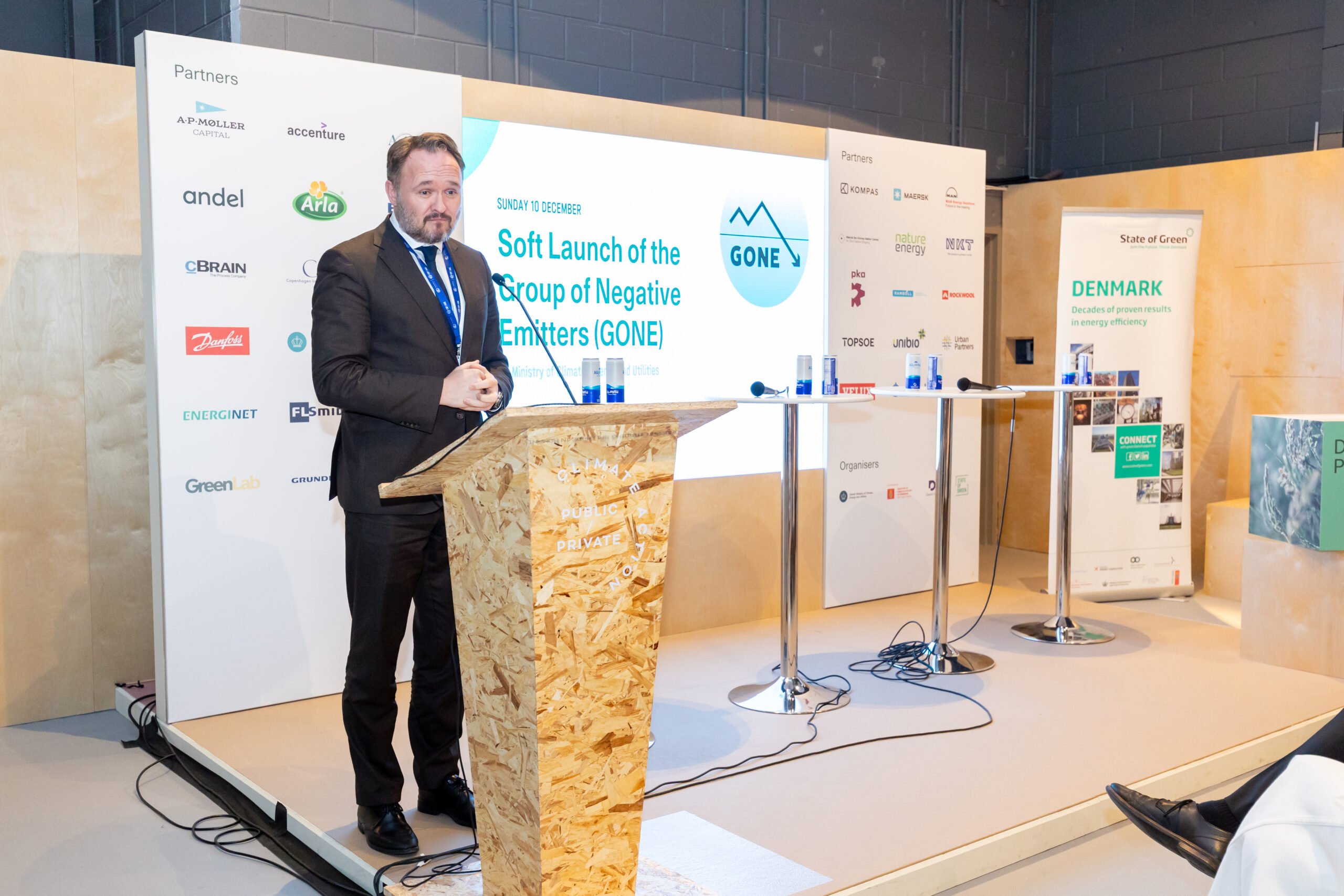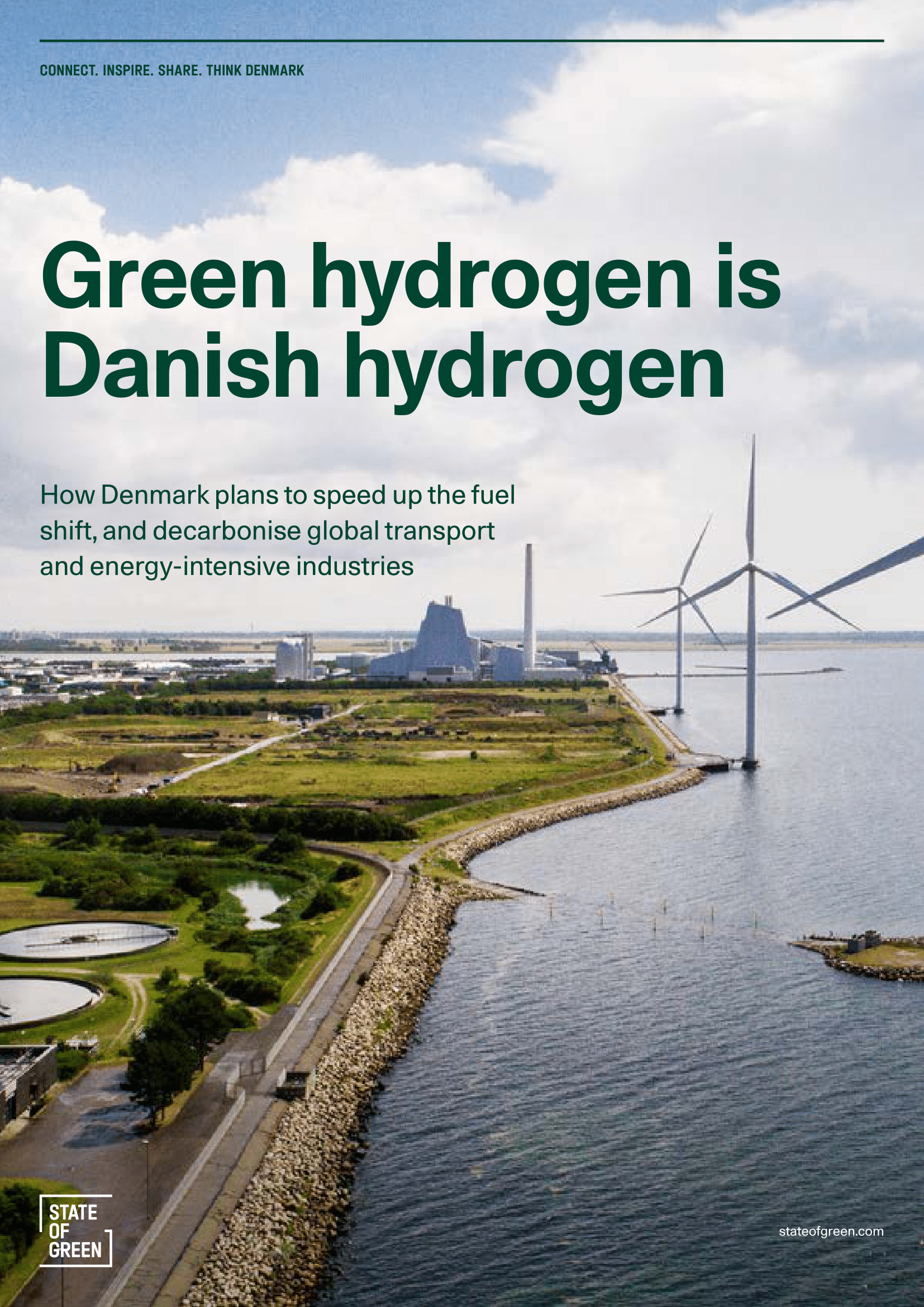News
Offshore wind
Green hydrogen
Power-to-x
+4
Nine countries pledge to turn the North Sea into Europe’s biggest green power plant


With the goal of turning the North Sea into a renewable powerhouse of Europe, nine state and energy leaders meet in Ostend on 25 April to agree on new commitments to ramp up the buildout of offshore wind capacities. The heads of state and energy ministers from nine European countries, including Belgium, Denmark, Germany, France, Ireland, Luxembourg, the Netherlands, Norway, and the UK, meet with the president of the EU Commission and the EU Energy Commissioner.
By signing the Ostend Declaration, the countries agreed to scale up wind power generation in the North Sea for the sake of the climate and to reduce the reliance on imported fossil fuels, with a view to increasing offshore wind generation from 30 GW to 120 GW by 2030 and at least 300 GW by 2050.
Underlining energy security and the fight against climate change as a catalyst for European collaboration, energy ministers from the nine countries similarly penned an agreement to strengthen cooperation to ensure affordable, secure and sustainable energy, while at the same time, continuing efforts to protect the marine ecosystem. Read the Ostend Declaration of Energy Ministers in full.
The Ostend Declaration: Making the North Sea a green power plant
Together, the involved parties have signed a declaration to accelerate the deployment of offshore renewables and offshore renewable energy systems in the North Seas, including offshore wind and renewable hydrogen, to ensure affordable, secure, and sustainable energy while reducing fossil fuel consumption and dependence on fossil fuel imports.
The signatory countries are committed to jointly developing the North Seas as a Green Power Plant of Europe, focusing on joint hybrid/multi-purpose and cross-border offshore projects and hubs, offshore wind and renewable hydrogen production at a massive scale, and electricity and hydrogen interconnectors and national projects, including the possibility for co-financing by countries without direct access to the sea.
Relevant and appropriate steps will also be taken to advance the balanced coexistence of renewables deployment, biodiversity, and environmental protection, as well as to contribute to healthy and robust marine ecosystems.
Lastly, the declaration set ambitious targets for offshore wind and renewable hydrogen production, with a combined target of at least 120 GW by 2030 in the North Seas, and a goal of more than doubling the total 2030 capacity of offshore wind to at least 300 GW by 2050. In addition, Germany, Denmark, The Netherlands and The United Kingdom have set combined targets of about 30 GW production capacity already by 2030 and look to expand their production even further by 2050.
Read the Ostend Declaration in full.
Five new countries joins the energy collaboration
Last year, the energy ministers of Belgium, Denmark, Germany and the Netherlands signed the original North Sea declaration in Esbjerg. This year, the energy ministers of France, Ireland, Luxembourg, Norway and the United Kingdom have joined the collaboration and consigning the new Oostende declaration.
Together, the countries will strive to realise the common vision of turning the North Sea into the Power Plant of Europe, by individually and collectively achieving ambitious goals for offshore wind energy production.
For example, Denmarkark will enable the deployment of at least 5.3 GW total offshore wind capacity in the North Sea in 2030 with a goal of increasing the capacity to 35 GW in the North Sea by 2050 and potentially more depending on European demand for green power.
Read the Ostend Declaration of Energy Ministers in full.
Five Danish agreements to turn ambitions into reality
In addition to the two overarching declarations, Denmark signed a total of five agreements contributing to ensure that the green ambitions become a reality. Several of the agreements boost collaboration with other countries on possible connections between the Danish energy island in the North Sea and foreign energy hubs so that the green power that Denmark produces can benefit consumers and industries across Europe. Below you find a short recap of the five agreements.
In addition to an energy minister’s declaration, the Minister for Climate, Energy and Supply has signed five agreements that will contribute to ensuring that the green ambitions become a reality.















